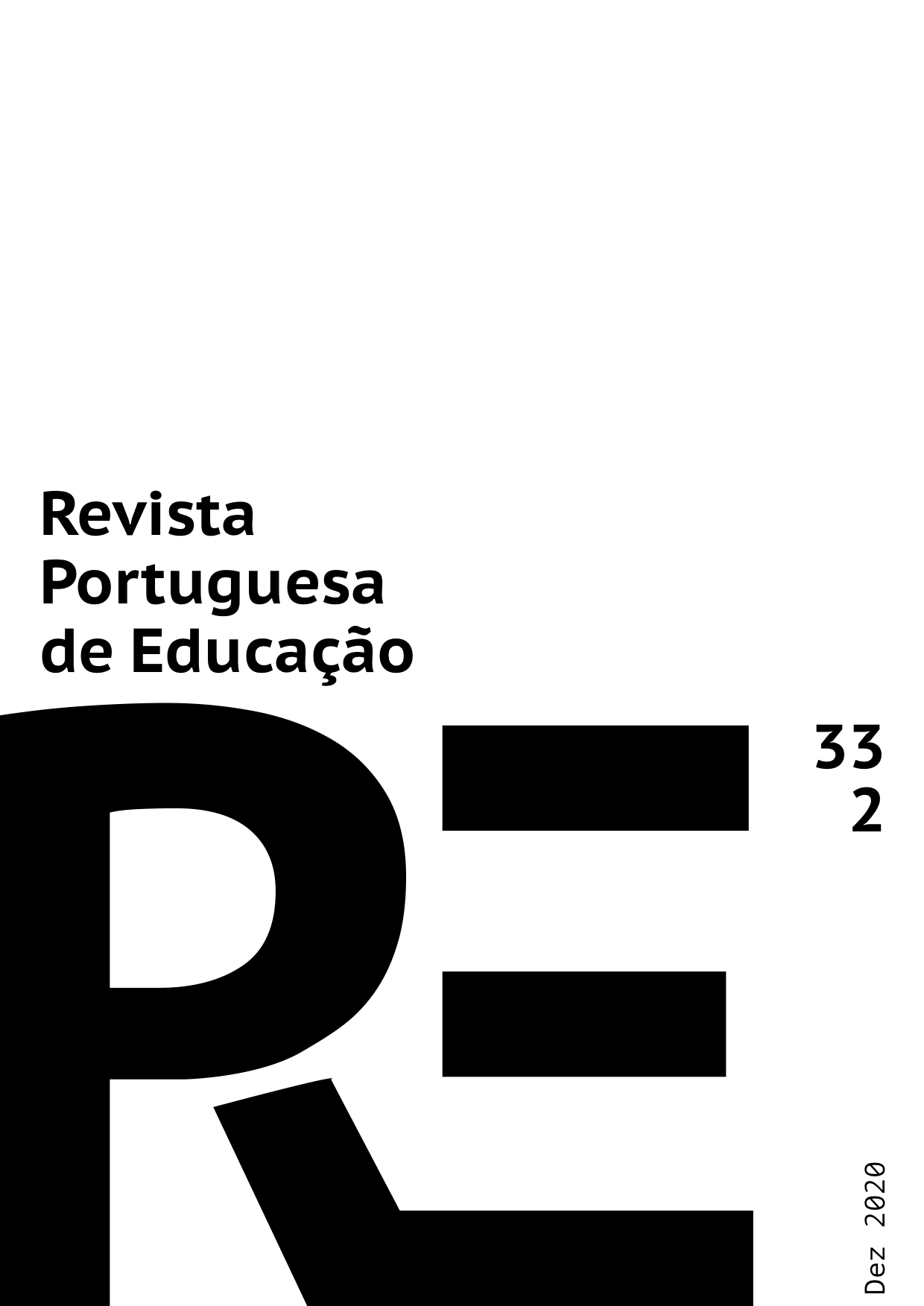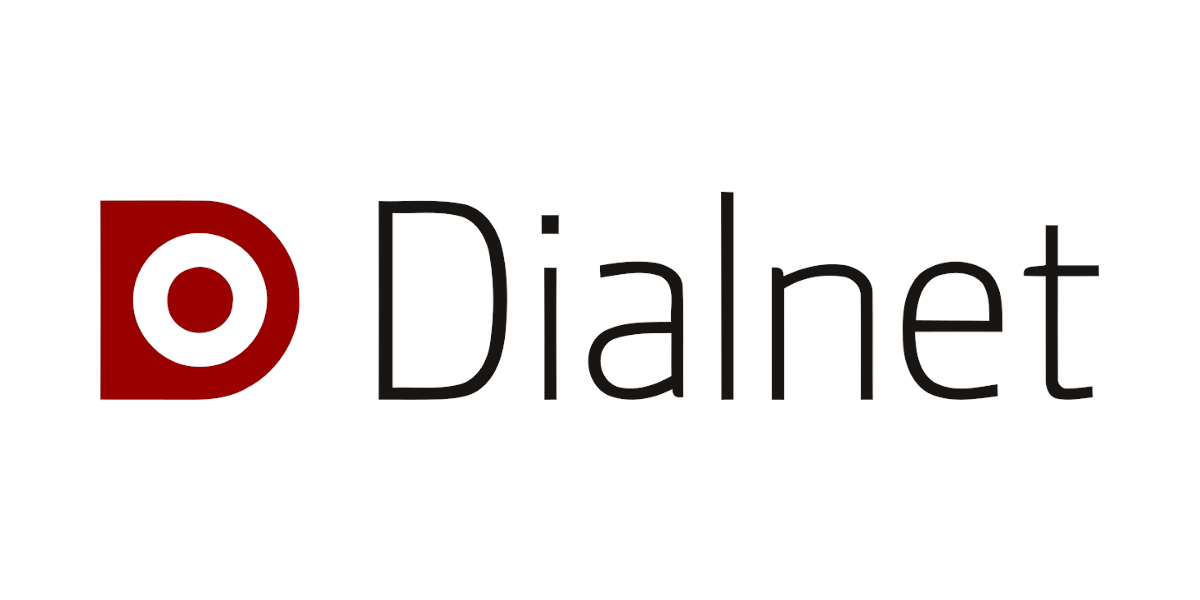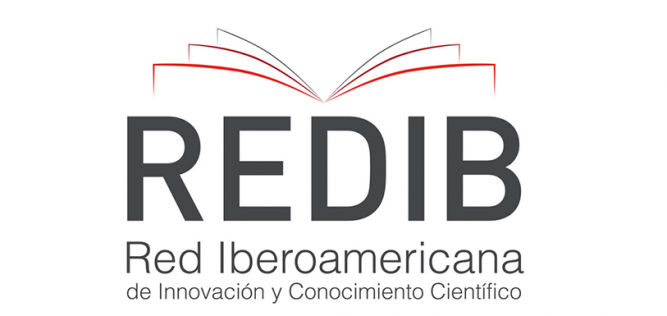Discursive manifestations of internal contradictions in the production of digital mathematical cartoons
DOI:
https://doi.org/10.21814/rpe.19379Keywords:
Mathematical education, Digital technologies, Initial education, AnimationsAbstract
This article presents a clipping from a master's research, in which we aim to discuss the discursive manifestations of internal contradictions that emerged during the work of future teachers with digital technologies for the production of mathematical cartoons. We base on concepts from Activity Theory that favor the analysis of such manifestations. The data were produced with undergraduate students in Mathematics at the State University of Mato Grosso - Brazil, in the context of the course called “LIC-TOON: Production of digital cartoons in the initial formation of Mathematics”. The research methodology adopted was the teaching experiment, which consisted of a series of 10 experimentation meetings with digital technologies. The procedures and instruments used for data production were: questionnaires, interviews and participant observation. During the last procedure, a logbook and audio and video records were used. Data analysis followed the qualitative paradigm based on the types of discursive manifestations of contradictions proposed by Engeström and Sannino (2011). The results indicated that the main types of discursive manifestations of internal contradictions were dilemma and double bond, they arose when the students chose the mathematical content to develop the cartoon and also when they began to study it.
Downloads
References
Bicudo, M. A. V. (1993). Pesquisa em educação matemática. Pró-posições, 4(1), 18-23.
Bogdan, R., & Biklen, S. (1994). Investigação qualitativa em educação: uma introdução à teoria e aos métodos. Porto: Porto Editora.
Borba, M. C., Almeida, H. R. F. L., & Gracias, T. A. S. (2018). Pesquisa em ensino e sala de aula: diferentes vozes em uma investigação. Belo Horizonte: Autêntica.
D’ambrósio, U. (2013). Prefácio. In: Borba, M. de C., & Araújo, J. de L. (orgs.) Pesquisa qualitativa em Educação Matemática. 2 ed. Belo Horizonte: Autêntica.
Engeström, Y. (2001). Expansive learning at work: Toward an activity theoretical reconceptualization. Journal of education and work, 14(1), 133-156.
Engeström, Y., & Sannino, A. (2010). Estudos de aprendizagem expansiva: fundamentos, descobertas e desafios futuros. Revisão da pesquisa educacional, 5 (1), 1-24.
Engeström, Y., & Sannino, A. (2011). Discursive manifestations of contradictions in organizational change efforts: A methodological framework. Journal of Organizational Change Management, 24(3), 368-387.
Engeström, Y., Virkkunen, J., Helle, M., Pihlaja, J., & Poikela, R. (1996). The change laboratory as a tool for transforming work. Lifelong Learning in Europe, 1(2), 10-17.
Bustamante, J. E. G. (2016). Modelagem matemática na modalidade online: análise segundo a teoria da atividade. Tese (Doutorado em Educação Matemática) – Instituto de Geociências e Ciências Exatas, Unesp, Rio Claro, SP, Brasil.
Goldenberg, M. (1997). A arte de pesquisar: como fazer pesquisa qualitativa em Ciências Sociais. Rio de Janeiro: Record.
Laranjeiro, D., Antunes, M. J., & Santos, P. (2017). As tecnologias digitais na aprendizagem das crianças e no envolvimento parental no Jardim de Infância: Estudo exploratório das necessidades das educadoras de infância. Revista Portuguesa de Educação, 30(2), 223-248.
Leontiev, A. N. (1978). Actividad, Conciencia y Personalidad. Buenos Aires: Editorial Ciencias del Hombre.
Brasil (2017). Ministério da Educação do Brasil. Secretaria da Educação Básica. Base nacional comum curricular. Disponível em https://bit.ly/2v7Zh9j.
Ponte, J. P. D. (2000). Tecnologias de informação e comunicação na formação de professores: que desafios? Revista Iberoamericana de educación, 63-90.
Scucuglia, R. (2006). A investigação do teorema fundamental do cálculo com calculadoras gráficas. Dissertação (Mestrado em Educação Matemática) – Instituto de Geociências e Ciências Exatas, Unesp, Rio Claro, Brasil.
Silva, M. (2012). Formação de professores para a docência online. São Paulo: Loyola.
Autor 1, O. P. (2019). Contradições Internas no curso LIC-TOON: Produção de Cartoons Digitais na Formação Inicial de Matemática. Dissertação (Mestrado em Ensino de Ciências e Matemática) – Unemat, Barra do Bugres, MT, Brasil.
Soares, D., S.; Autor 2, & D. L. P. (2015). Tensões no processo de análise de modelos em um curso de Cálculo Diferencial e Integral. Revista de Matemática, Ensino e Cultura–REMATEC, 17(5).
Autor 2, D. L. P. (2013). Transformações expansivas em um curso de educação matemática a distância online. Tese (Doutorado em Educação Matemática) – Instituto de Geociências e Ciências Exatas, Unesp, Rio Claro, SP, Brasil.
Autor 2, D. L. P. (2016). Projeto M@ttoon. Unemat, Barra do Bugres, MT, Brasil, Manuscrito.
Autor 2, D. L. P., & Borba, M. D. C. (2016). Seres humanos-com-Internet ou Internet-com-seres humanos: uma troca de papéis? Revista latinoamericana de investigación en matemática educativa, 19(2), 217-242.
Autor 2, D. L. P; Borba, M. C. (2016). Aprendizagem de Professores com a Produção de Vídeos para Aulas de Matemática. Educação Matemática em Revista, n. 52, p. 54-64.
Vygotsky, L. S. (1989). Concrete human psychology. Soviet psychology, 27(2), 53-77.
Downloads
Published
How to Cite
Issue
Section
License
1. The authors preserve their authorship and grant the Portuguese Journal of Education the right to the first publication. The work is licensed under Creative Commons Attribution License that allows sharing the work with the acknowledgment of initial authorship and publication in this Journal.
2. The authors have the right to take additional contracts separately, for non-exclusive distribution of the published version of their work (e.g. to deposit in an institutional repository or as a book chapter), acknowledging the initial authorship and publication in this Journal.
3. The authors have the permission and are stimulated to post their work online (e.g. in an institutional repository or on their personal website). They can do this at any phase of the editorial process, as it may generate productive changes, as well as increase impact and article citation (see The Open Citation Project).
The work is licensed under Attribution-ShareAlike 4.0 International (CC BY-SA 4.0)



















